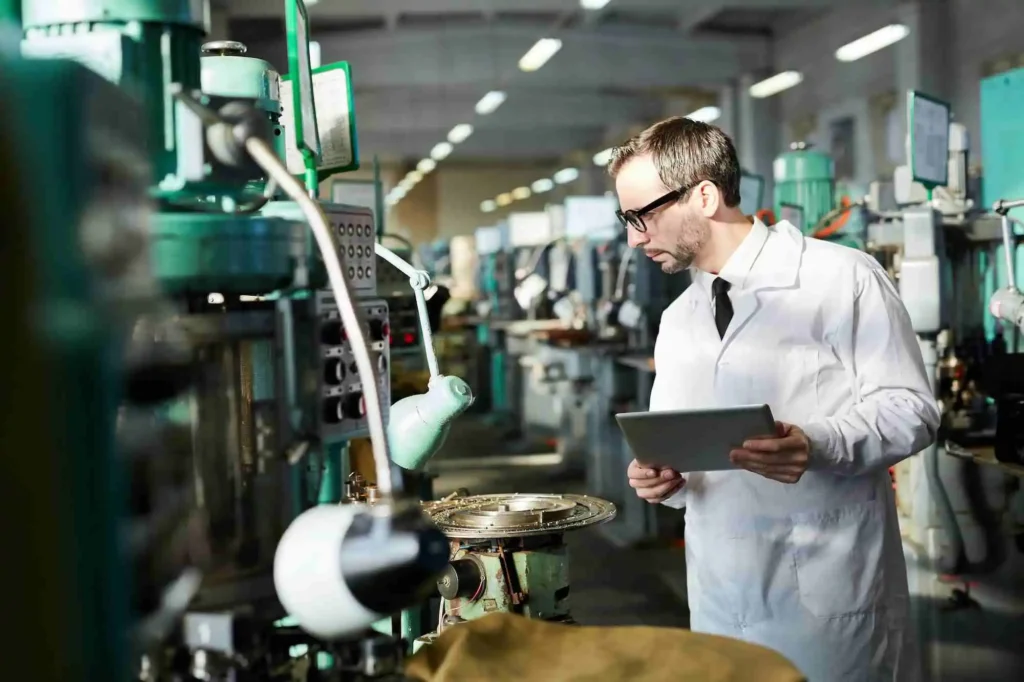Quality Control in Uniforms
Quality control as a uniform manufacturing factory, ensuring the quality of our uniforms is paramount to our success. Quality control is an integral part of our manufacturing process and we have implemented a number of measures to ensure that our products meet the highest standards.
Standards in Quality Control
The first step in our quality control process is to establish quality standards. We work closely with our clients to understand their specific requirements and then create detailed quality standards for each product line. These standards include everything from fabric type and color to stitching and finishing techniques.
Material
Once our quality standards have been established, we ensure that our materials and equipment are up to par. We only source materials from reputable suppliers and invest in top-of-the-line equipment to ensure that our products are manufactured to the highest standards.
Quality Control Checkpoints
During the manufacturing process, we have several quality checkpoints in place. Our team of skilled technicians closely monitor each stage of production to ensure that every garment meets our strict quality standards. We have dedicated quality control personnel who conduct regular inspections to catch any issues before they can become larger problems.
Final Inspection
Our quality control process doesn't end once the garments have been manufactured. We conduct rigorous final inspections to ensure that every garment meets our standards for quality, fit, and finish. We use a variety of testing techniques to check for everything from fabric durability to color fastness.
Quality Assurance
In addition to our internal quality control processes, we also have independent quality assurance teams that conduct regular audits to ensure that our manufacturing processes are up to industry standards. We are committed to continuous improvement and regularly review our processes to identify areas where we can make improvements.

